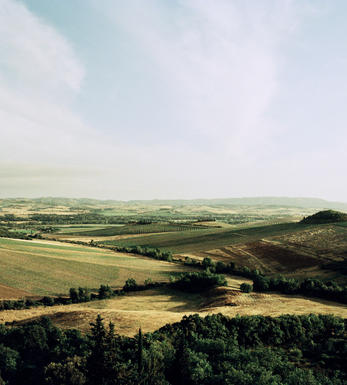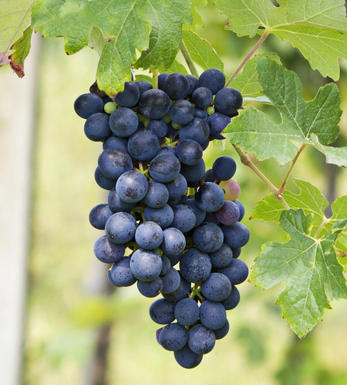
About this WINE

Cantina Bartolo Mascarello
Cantina Mascarello Bartolo remains one of the most revered Barolo wine-making domaines. Founded in 1918, its reputation was secured by the late great Bartolo Mascarello and since 2005 by his daughter Maria-Teresa Mascarello, whose first vintage was in 1993.
The 5 hectare domaine lies in the Barolo village on prime sandy calcareous clay Tortonian soils, with the vineyards of Cannubi, San Lorenzo, Rue, & Rocche del Annunziata (La Morra) at its heart. Only one Barolo wine is made, a blend of all the crus, along with some Dolcetto and Barbera.
The style remains staunchly traditional. Vinification takes place in fifty year old cement & wooden cuves, without recourse to yeast or temperature control. The Barolo is aged for approx. 3 years in 25 hl Slavonian botte (all recently replaced), followed by 1 year in bottle prior to release.
Maria-Teresa believes quite simply that the key to great wine is to produce the healthiest, ripest fruit possible. She would also describe herself as (bio) logic & (bio) dynamic! Berrys are fortunate to have a tiny share of the 1,250 cases Barolo produced annually.

Barbera d'Alba
Barbera d’Alba is a red wine made from the Barbera grape variety in the Alba region of Piedmont, Italy. It is one of the most well-known and widely produced Barbera wines in the Piedmont region and holds the prestigious Denominazione di Origine Controllata (DOC) designation.
The grape is a high-yielding variety known for its rich colour, high acidity, and low tannins. These characteristics make Barbera wines generally approachable and food-friendly, often described as lively, vibrant, and easy to drink.
The wines typically showcase red and black fruit flavours, such as cherry, raspberry, and blackberry, with some expressions exhibiting notes of plum and blueberry. The wines often have a pleasing acidity that gives them a refreshing and tangy quality. In some cases, subtle hints of spice, earthiness, and floral aromas may add to the wine’s complexity.
The oak ageing process is typical for many Barbera d’Alba wines, which can impart additional layers of flavour and texture, complementing the grape’s natural characteristics. However, some producers opt for stainless steel or neutral oak ageing to preserve the wine’s primary fruit flavours and freshness.
Barbera d’Alba is versatile when it comes to food pairings. Its bright acidity and medium body make it a fantastic match for various dishes. It pairs excellently with Italian cuisine, such as pasta dishes, risotto, pizza, and roasted meats. The wine’s acidity also allows it to pair well with more decadent and fatty foods, making it an excellent choice for savoury dishes.
While Barbera d’Alba is often overshadowed by the more renowned Barolo and Barbaresco wines of the Piedmont region, it remains a beloved and cherished wine among locals and enthusiasts. Its combination of approachability, versatility, and excellent value makes it an appealing choice for everyday enjoyment and a delightful introduction to the wines of Piedmont.

Barbera
Barbera is planted extensively in Piedmont and south-west Lombardy and accounts for over 50% of the wine produced in the region. The majority is sold simply as Barbera del Piemonte, but the best wines are the DOCs, Barbera d'Alba and Barbera d'Asti. It ripens late (after Dolcetto but before Nebbiolo).
The wines are usually ruby red in colour with notably low levels of tannins. They have a pronounced acidity that can be accentuated by overproduction. Barbera wines range from light, tart mouthwashers through to powerful, intensely flavoured wines that require extended cellaring.



Buying options
Add to wishlist
wine at a glance
Delivery and quality guarantee